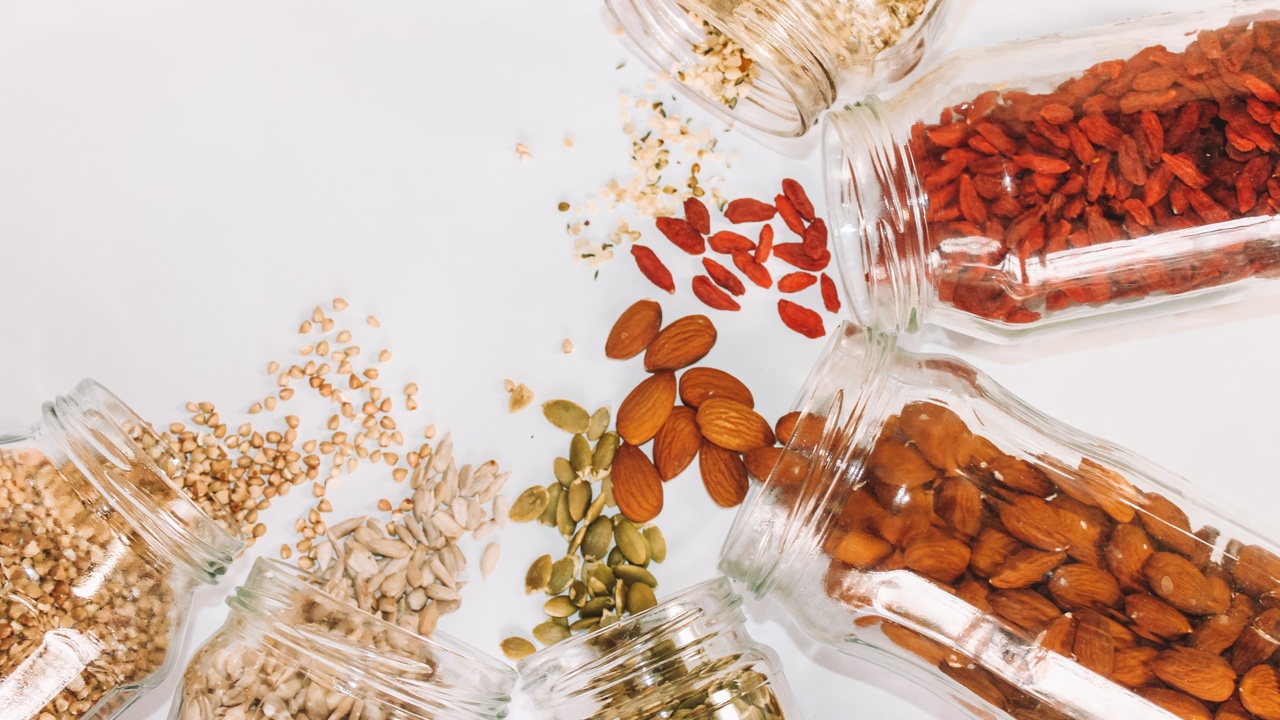Imagine a pill you could take every day that would guarantee you would live a long, healthy life with zero health concerns. Sounds a little too good to be true, right?
Walking through Woolworths the other day, I couldn’t help but notice the bright packaging in the health food aisle for items such as goji berries, acai powder, spirulina and quinoa. Then what caught me next was the magazine covers, “superfoods”, “PowerFoods”, “top 10 foods”. What is it about these foods that make them so special, what is the appeal to them, and why do we eat them?
What is a Superfood?
Simply, a superfood tends to be a traditional item, that is “rich in compounds” (antioxidants, fibre and fats), and considered to be held in high regard for our health. They are thought to be a luxury above our normal everyday fruit and vegetables, with a price tag to match. They are “sustainable”, helping our purchasing decisions. Longevity is considered to be a key marker of health, and in our busy lives, the convenience of smoothies, powders and bars made of these superfoods, makes them an easy option. Many of the superfoods that we consume are great for our health, tasty and colourful, however, a lot of the nutritional content can be found in our day-to-day foods.
The first considered superfood was a banana in WWI, notably for its low price, nutritional content, availability and sealed nature. Research at the time concluded that consumption could treat conditions such as coeliac disease and diabetes, which today we know can be treated through removal of gluten, a balanced diet and pharmaceuticals. They became an emblem of health and staple in diets, allowing for promotional material and popularity to sore.
Some of the most common superfoods in today’s market are quinoa, acai berries, goji berries and avocado.
| Pros | Cons | Cons | |
|---|---|---|---|
| Quinoa | A gluten free seed, used as a rice substitute, salad filler or found in breads. This ingredient is high in protein, minerals and fibre and is an easy cooking option. | Can cause stomach and skin irritation, nausea, inflammation and trigger asthmatic reactions. It isn’t recommended for pregnant women and can have negative reactions with some medications. | Calories: 120 Carbs: 21.3g Protein: 4g Fat: 1.9g |
| Acai berries | Contain high levels of antioxidants (helping reduce the risk of cancers, Alzheimer’s, dementia and inflammation) and fatty acids (omega 3 and omega 6). Have been found to help with endurance and muscular strength. | Can affect the results on an MRI scan, so is important to let your doctor know if you have been eating acai berries or products with acai. Acai berries can negatively interact with painkillers such and anti-inflammatory drugs such as aspirin, as well as reducing the effectiveness of cancer treatment medication. They can also irritate the intestinal tract and colon, increasing the risk of diarrhea. | Calories: 60 Carbs: 6g Protein: 2g Fat: 5g |
| Goji berries | Have beneficial effects on vision, have a low GI (good for people with diabetes) and rich in vitamins and minerals. | Internationally sourced, meaning that due to time from plant to plate, it may have lost nutritional benefits. Could increase muscle pain, morning stiffness, insomnia and gall bladder problems. Goji berries are also extremely expensive. | Calories: 98 Carbs: 21g Protein: 4g Fat:0.1g |
| Avocado | High in antioxidants and a neuroprotector for diseases such as Alzheimer’s and Parkinson’s. They also help maintain cholesterol levels and reduce inflammation. | Very calorie dense, so only small amounts are recommended at a time (¼ cup) and can be difficult to digest. | Calories: 160 Carbs: 8g Protein: 2g Fat: 14g |
So, what’s the takeaway?
It’s clear superfoods can benefit and prevent health conditions, however, our everyday sources of fruit and vege, grains, fats, carbs and protein can also provide the same nutritional needs, and are a little more accessible. It’s important that we are aware of the nutritional value of the foods we eat, so we can make informed decisions and meet our nutritional needs. The easiest way to do this is simple;
- Quality: eat a variety and great quality of vegetables by including at least three different colours in your meals.
- Quantity: a palm of protein, fist of veggies, handful of carbs and a thumb of fat
- Quarter: drink 0.25L per 10kg of body weight
To achieve longevity, a balanced diet and regular exercise routine is our best bet.





